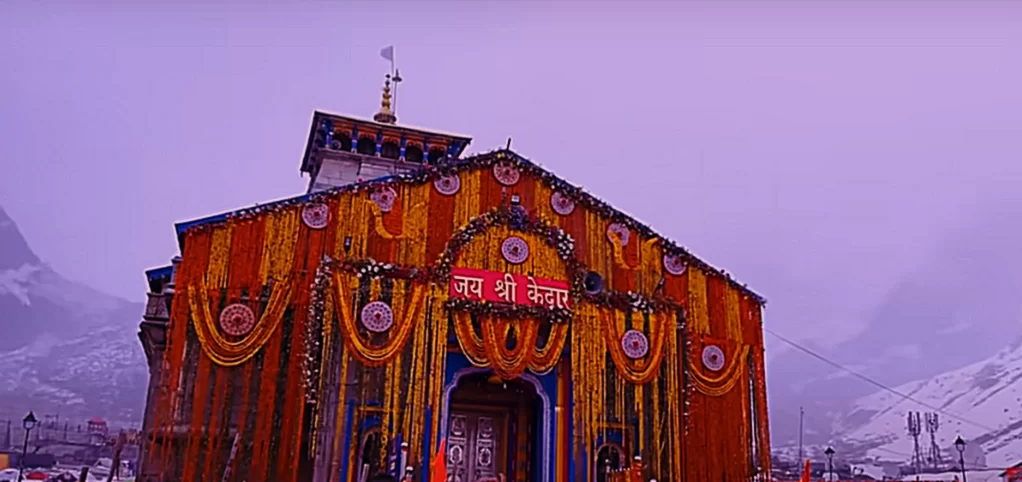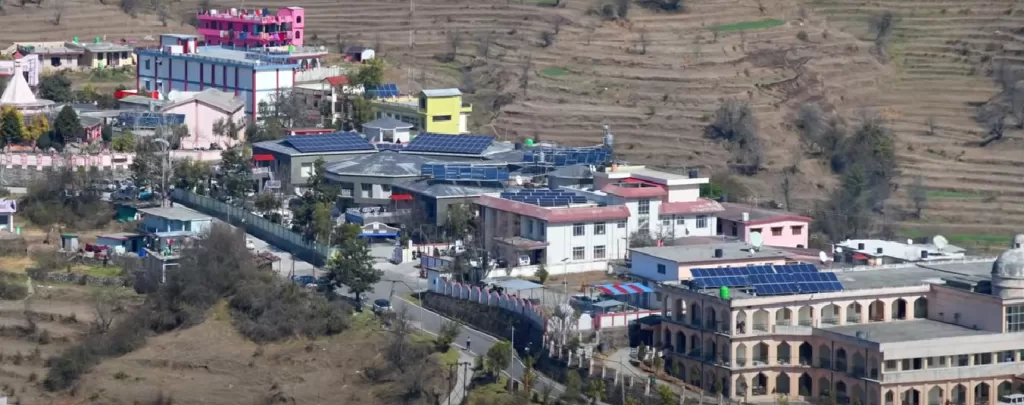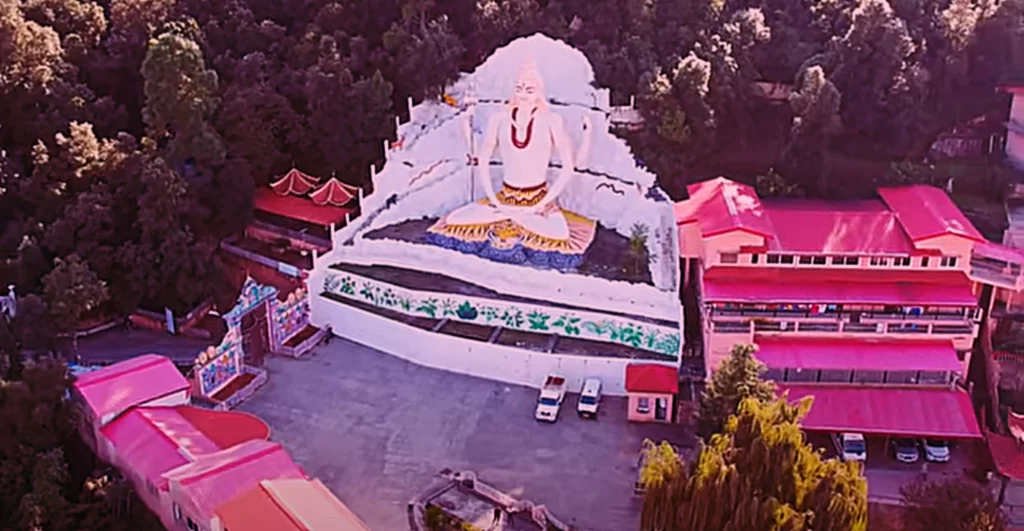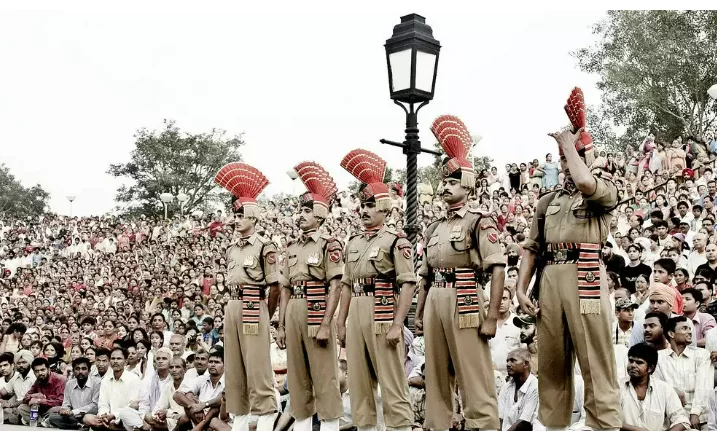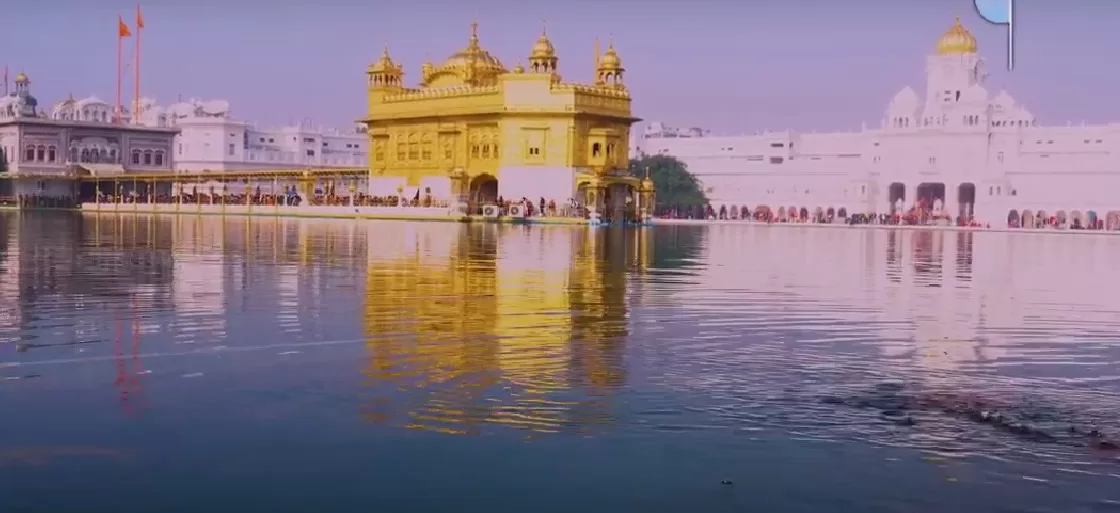
Amritsari Naan in Punjab
Amritsari Naan is a beloved Indian bread that originates from the vibrant state of Punjab. With its unique flavor profile and traditional cooking techniques, this culinary delight has become an iconic dish in Punjabi cuisine. We will explore the origins, ingredients, cooking methods, and cultural significance of Amritsari Naan.
Origins and Cultural Significance: Amritsari Naan in Punjab hails from the city of Amritsar, known for its rich cultural heritage and gastronomic delights. Punjab, often referred to as the “Land of Five Rivers,” is renowned for its vibrant food culture, and Amritsari Naan holds a special place as one of its culinary treasures. It is not only a staple food in Punjabi households but also a popular street food and a must-try delicacy for visitors to the region.
Ingredients and Preparation: The preparation of Amritsari naan in Punjab involves a combination of all-purpose flour (maida), yogurt, baking soda, salt, sugar, and ghee (clarified butter). However, what sets it apart from other types of naan is the addition of sesame seeds and kalonji (nigella seeds). These ingredients lend a distinctive flavor and aroma to the naan. Sometimes, fresh cilantro or fenugreek leaves are also added to enhance the taste further.
Cooking Method: Traditionally, Amritsari Naan is cooked in a tandoor, a cylindrical clay oven. The dough is stretched and slapped onto the hot walls of the tandoor, where it bakes quickly at high temperatures. “Amritsari naan in Punjab” This rapid cooking process gives the naan its characteristic blistered and slightly charred exterior while maintaining a soft and fluffy interior. The tandoor imparts a smoky flavor that enhances the overall taste of the bread.
Serving and Accompaniments: Amritsari naan in Punjab is best enjoyed fresh and hot, brushed with ghee or butter. It is often served as an accompaniment to a variety of Punjabi dishes. The naan’s soft texture and ability to absorb flavors make it an ideal partner for rich and aromatic gravies such as butter chicken, paneer tikka masala, or dal makhani. It can also be relished with pickles, raita (yogurt-based dip), or simply on its own.
Popularity and Global Appeal: Amritsari Naan’s popularity extends far beyond the boundaries of Punjab. It has gained recognition and a dedicated fan base across India and worldwide. Punjabi restaurants in different countries proudly serve this delicious bread, allowing people from diverse backgrounds to savor its flavors and experience a slice of Punjab’s culinary heritage.
Here are some of the top attractions:
Golden Temple (Harmandir Sahib): This is the most famous and revered Sikh shrine in Amritsar. The temple’s stunning architecture and the serene ambiance of the holy pool (Sarovar) surrounding it make it a must-visit destination.
Wagah Border: Located on the India-Pakistan border, the Wagah Border is known for its daily flag-lowering ceremony, also known as the “Beating Retreat.” It’s a patriotic and vibrant event that attracts a large number of visitors.
Jallianwala Bagh: This historical site is a public garden that witnessed the tragic Jallianwala Bagh massacre in 1919. It serves as a memorial to honor the victims and provides insights into India’s struggle for independence.
Akal Takht: Situated within the premises of the Golden Temple complex, Akal Takht is one of the five seats of power for the Sikhs. It holds great significance and serves as a platform for important religious decisions and discussions.
Durgiana Temple: Often referred to as the “Silver Temple,” Durgiana Temple is dedicated to Goddess Durga. It shares architectural similarities with the Golden Temple and is a popular spot for devotees and tourists.
Partition Museum: Located in Amritsar, the Partition Museum showcases the history and effects of the Partition of India in 1947. It exhibits photographs, personal stories, and artifacts that provide a glimpse into this significant period.
Maharaja Ranjit Singh Museum: This museum is dedicated to the life and achievements of Maharaja Ranjit Singh, the founder of the Sikh Empire. It houses a remarkable collection of artifacts, including weapons, coins, paintings, and manuscripts.
Gurudwara Mata Kaulan: Situated near the Golden Temple, this gurudwara is associated with the life of Mata Kaulan, a devout Muslim girl who converted to Sikhism. It offers a tranquil environment for meditation and reflection.
Gobindgarh Fort: Located in the heart of Amritsar, Gobindgarh Fort is a historic fort with a rich past. It has been restored and transformed into a cultural and entertainment complex that showcases Punjab’s heritage through various exhibits and shows.
benefits of travelling Amritsar by tempo traveller:
Comfort and Convenience: Tempo travelers are spacious vehicles with comfortable seating arrangements, ample legroom, and enough space to accommodate a group of travelers. This ensures a comfortable and relaxed journey, allowing you to enjoy the trip to Amritsar.
Flexibility: Traveling by tempo traveler provides flexibility in terms of itinerary and stops along the way. You have the freedom to customize your travel plan and make impromptu stops at attractions or scenic spots that catch your interest. This flexibility adds spontaneity and excitement to your journey.
Group Travel: Tempo travelers are ideal for group travel. Whether you’re traveling with family, friends, or colleagues, a tempo traveler allows everyone to stay together and enjoy the journey as a group. It fosters a sense of camaraderie and makes the travel experience more enjoyable.
Cost-effective: When compared to other modes of transportation, such as individual taxis or multiple cars, traveling by tempo traveler can be more cost-effective, especially for larger groups. It allows you to share the travel expenses among the group, resulting in reduced per-person costs.
Safety: Tempo travelers are equipped with safety features and are driven by professional drivers who are experienced in handling long-distance journeys. This provides a sense of security and ensures a safe and smooth travel experience.
Route Option 1:
- Start from Delhi and head northwest on NH44 (Delhi-Amritsar Highway).
- Continue on NH44 and pass through cities/towns such as Sonipat, Panipat, Karnal, Kurukshetra, and Ambala.
- After crossing Ambala, stay on NH44 and proceed towards Ludhiana.
- From Ludhiana, continue on NH44, which will take you directly to Amritsar.
- Once you reach Amritsar, you can navigate within the city to reach your desired destinations.
Kurukshetra: Located in the state of Haryana, Kurukshetra is an ancient city of historical and mythological significance. It is believed to be the site of the epic battle of Mahabharata. You can visit attractions like Brahma Sarovar, Jyotisar, Sannihit Sarovar, and the Kurukshetra Panorama and Science Centre.
Ambala: Ambala is a city known for its historical and cultural heritage. You can explore attractions like Ambala Cantt, Ambala City, Rani Ka Talab, and the Badshahi Bagh Gurudwara. Ambala is also famous for its shopping markets, where you can indulge in some retail therapy.
Ludhiana: Ludhiana is a vibrant city in Punjab known for its industrial and cultural significance. While passing through Ludhiana, you can visit attractions like Punjab Agricultural University Museum, Guru Nanak Bhawan, Nehru Rose Garden, and Maharaja Ranjit Singh War Museum.
Phillaur Fort: Located near Ludhiana, Phillaur Fort is an ancient fort built during the reign of Maharaja Ranjit Singh. It is now a museum that showcases artifacts related to the Sikh Empire and offers insights into the region’s history.
Jalandhar: Jalandhar is another city in Punjab that you can explore en route to Amritsar. The city is known for its rich history, religious sites, and sports industry. Some popular attractions in Jalandhar include Rangla Punjab Haveli, Devi Talab Mandir, Wonderland Theme Park, and Pushpa Gujral Science City.
[…..]
There are several renowned places to try Amritsari naan in Amritsar, such as Kesar Da Dhaba, Bharawan Da Dhaba, and Beera Chicken House.
Amritsari naan pairs well with various curries, both vegetarian and non-vegetarian. It is commonly enjoyed with dishes like butter chicken, dal makhani, or palak paneer.
The seating capacity of a tempo traveler can vary, typically ranging from 9-seaters to 20-seaters or more, depending on the specific model and configuration.
Traveling by tempo traveler offers advantages such as comfort, convenience, flexibility in itinerary, cost-effectiveness for group travel, ample storage space, and the opportunity for group bonding during the journey.
Yes, most tempo travelers are equipped with air conditioning to provide a comfortable environment for passengers, especially during hot or humid weather.

